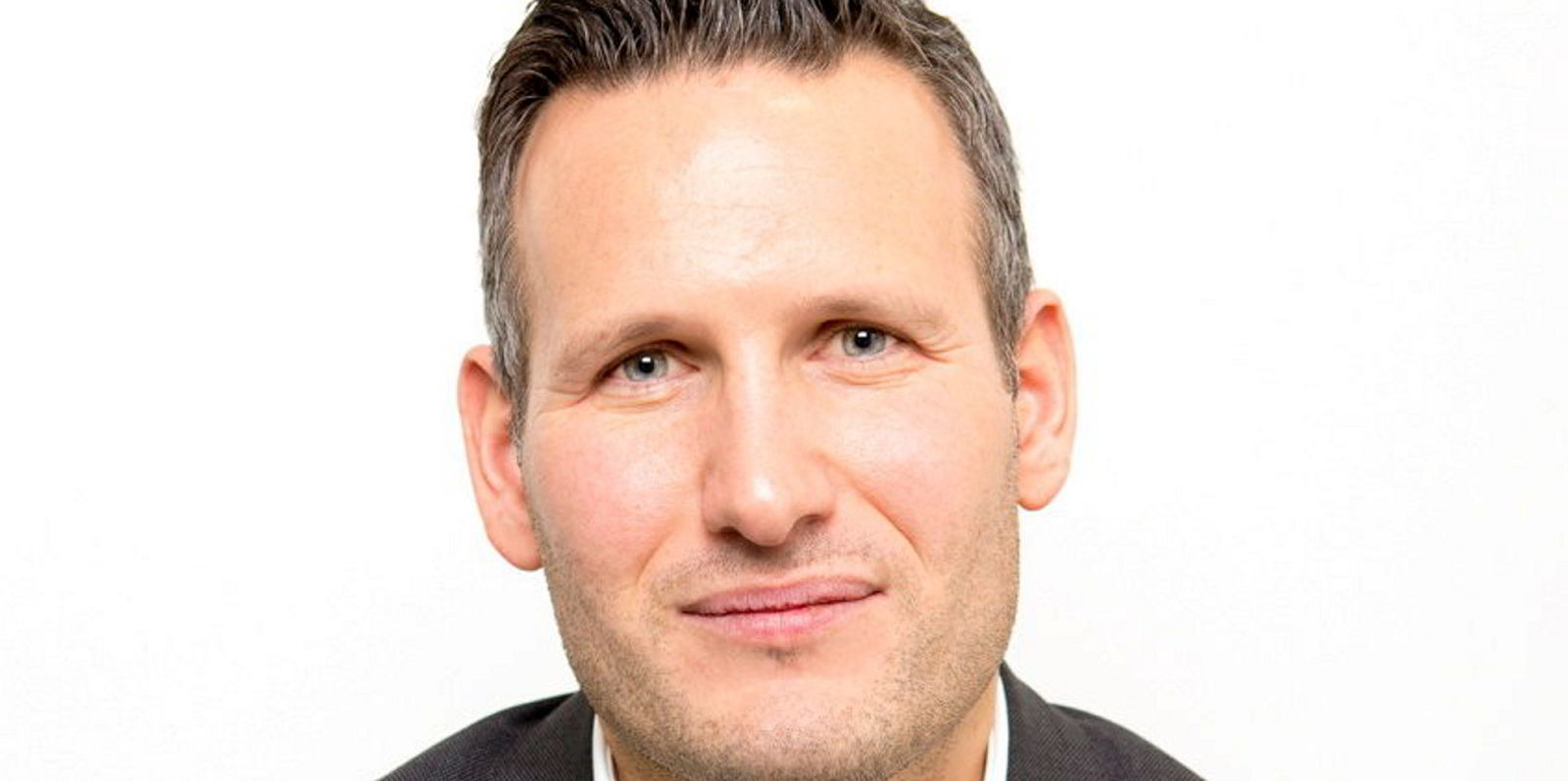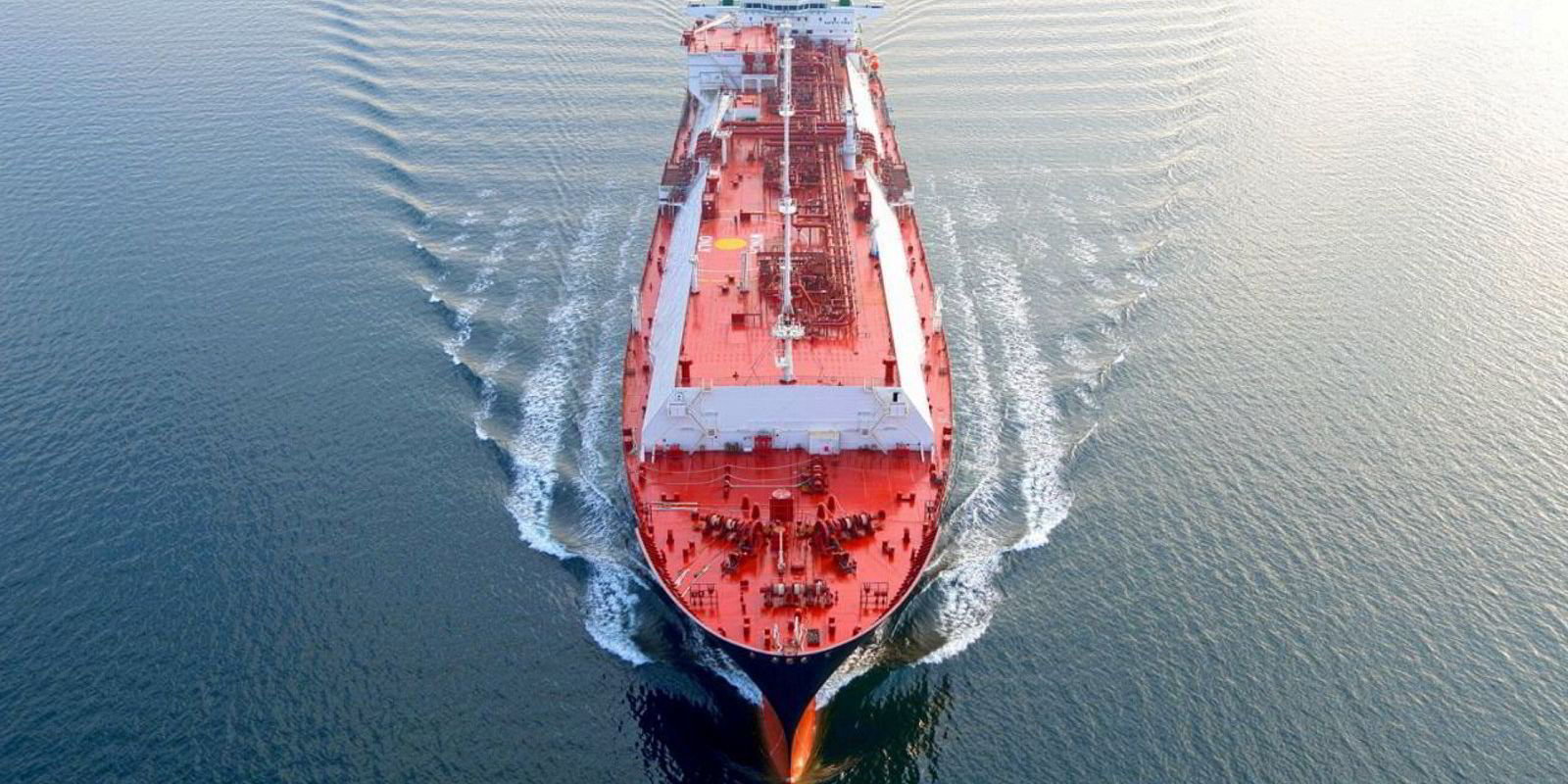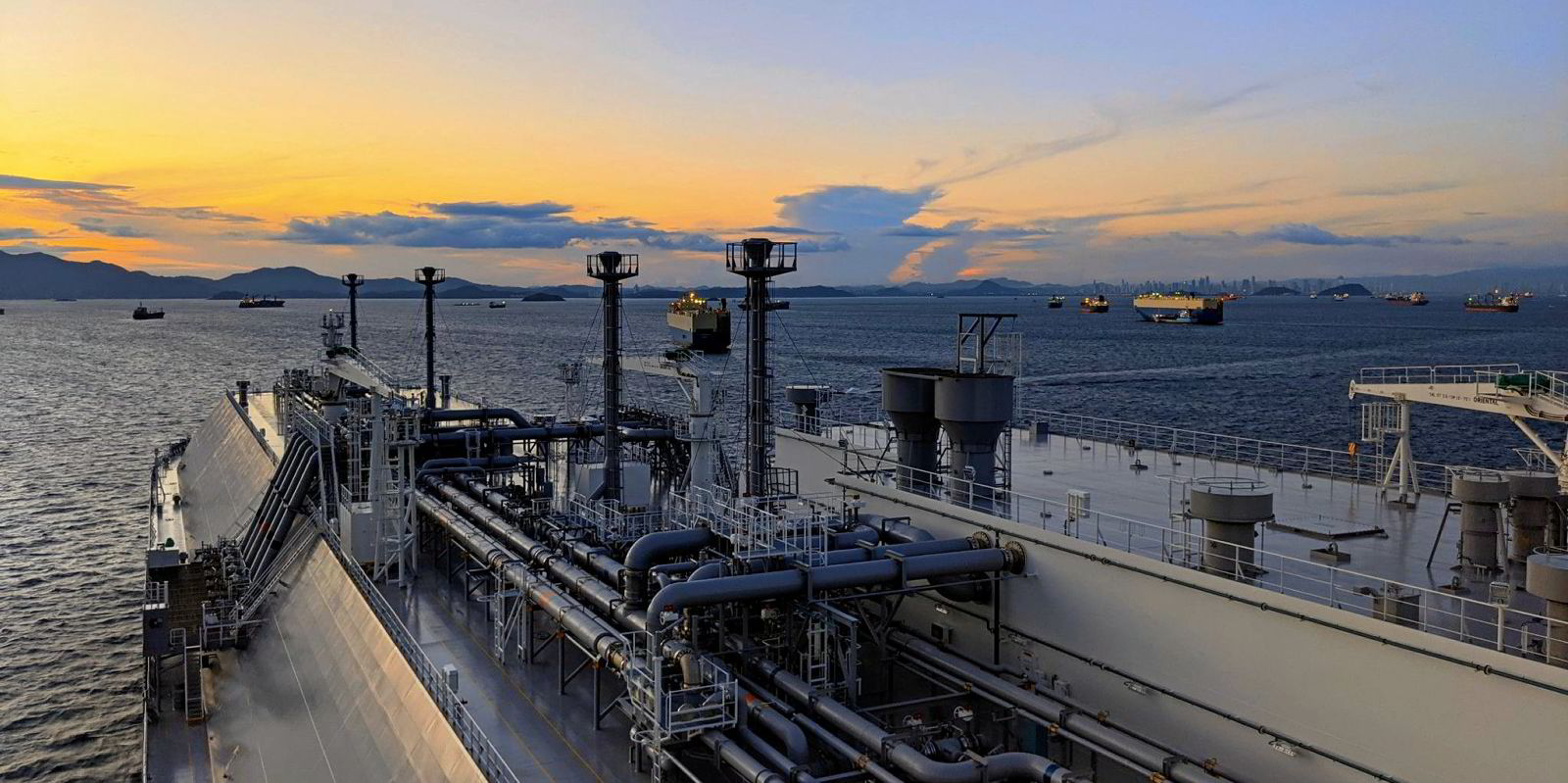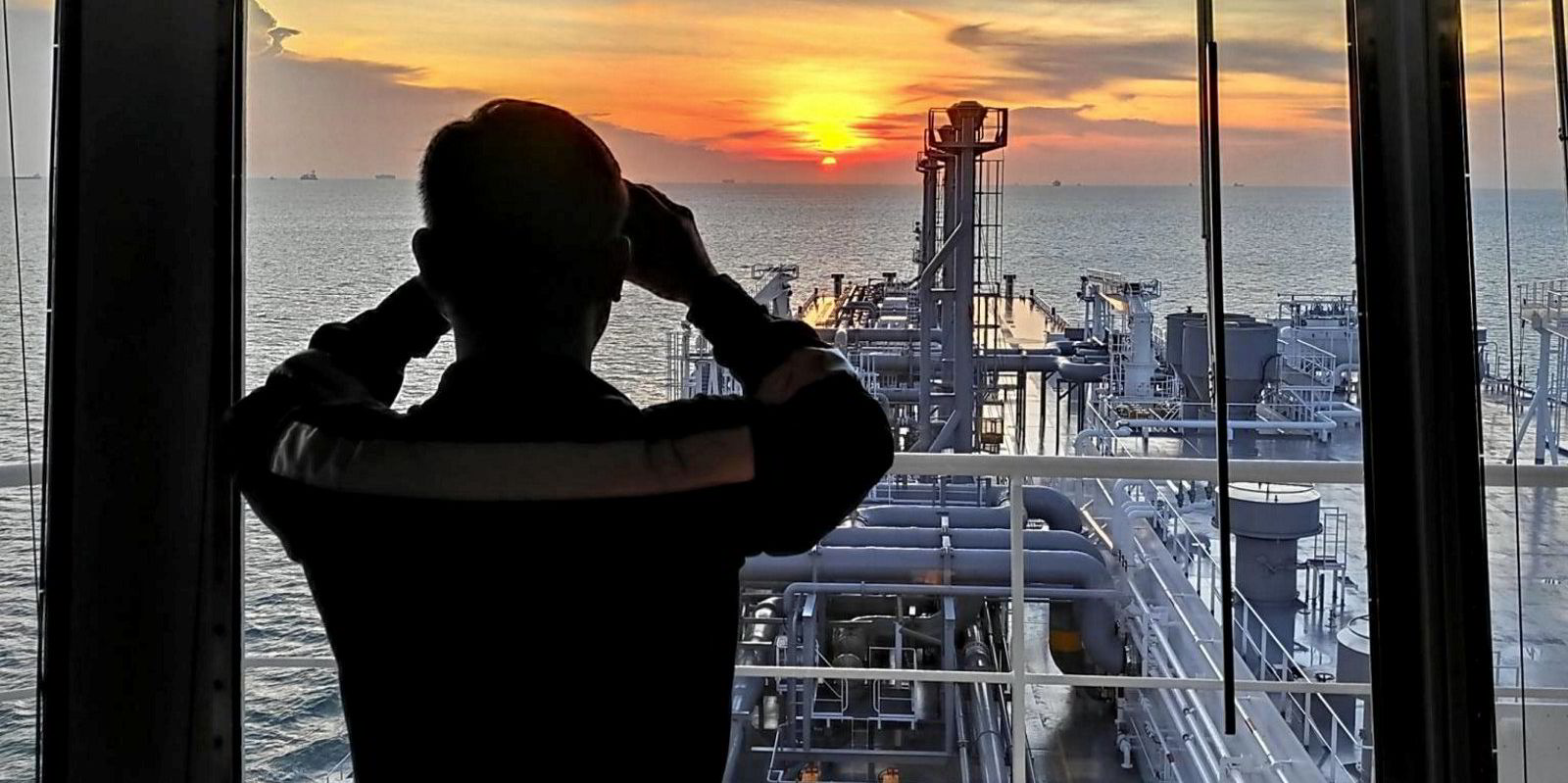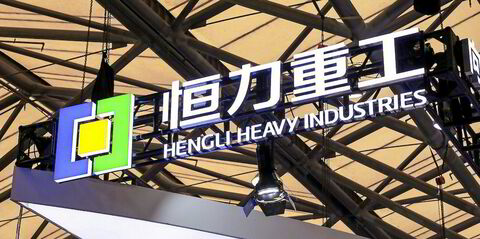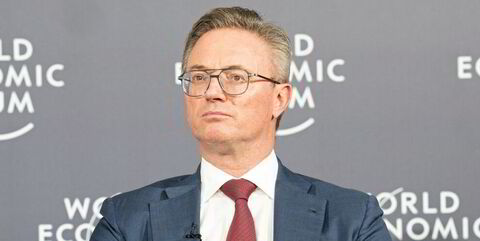Climbing spot charter rates and a near doubling of those for one-year time charters to six-figure levels are indications that market players expect rates to move upwards, according to Flex LNG.
Chief executive Oystein Kalleklev said that since the company reported its first-quarter results in May, spot freight rates have “moved like a snake” between $70,000 and $90,000 per day for modern tonnage.
Speaking on a second-quarter results call, Kalleklev highlighted shipbroker Fearnleys’ figures, which show that since April the one-year time-charter rate for modern tonnage has nearly doubled to $115,000 per day.
He said this in turn is pushing up rates for three-year deals with brokers currently quoting these at $90,000 per day.
He said this illustrates that market participants expect rates to move upwards.
Earnings spread
Kalleklev said the spread between 174,000-cbm modern ME-GI and X-DF ships and 160,000-cbm tri-fuel diesel-electric vessels is now $22,000 per day.
Given today’s LNG prices and savings from using more modern tonnage, he believes the spread will widen further.
Kalleklev said these new ships have a carbon footprint per unit of cargo of almost 60% less than the steam generation.
“The LNG market is booming and if anything, we actually think the LNG prices are at the moment a bit too hot,” he said.
The chief executive said the Asian spot price JKM (Japan Korea Marker) is at about $17 per MMBtu — the highest seasonal price in nearly a decade
The European Title Transfer Facility (TTF) price is over $15 per MMBtu, driven up by high carbon and coal prices and low inventory levels.
He said that with cargo prices at $60m to $70m there is ample room to pay premium rates for freight.
Kalleklev said LNG export volumes are up 4% in the first half of this year, compared with 2020 and are expected to accelerate to 25 million tonnes giving an annual growth of 7% for 2021.
He said the US was the main driver of export growth in the second quarter, with China, Japan and South Korea the main growth regions on the demand side upping long-haul shipping requirements.
The LNG market is booming and if anything, we actually think the LNG prices are at the moment a bit too hot
Oystein Kalleklev
Looking at the LNG carrier orderbook, Kalleklev said 80% of vessels on order are now linked to a long-term charters.
He said the level of ordering has picked up but few vessels are speculative with prices for LNG newbuildings now at around $210m.
Bounce back
Kalleklev said Flex expects its revenues to bounce back in the third quarter to around $80m when all its 13 vessels will be trading for the full three months.
He said the fourth quarter can be more variable and it is difficult to forecast how the spot market will move but it should be higher.
On a “back of envelope” calculation, Kalleklev said a $1,000 per day increase in charter rates should raise annual cash flow by close to $5m.
Flex’s chief said the company is sitting on an all-time high cash balance of $144m.
“We might invest in new ships in the future but at the moment we have no plans to do so,” he said.
